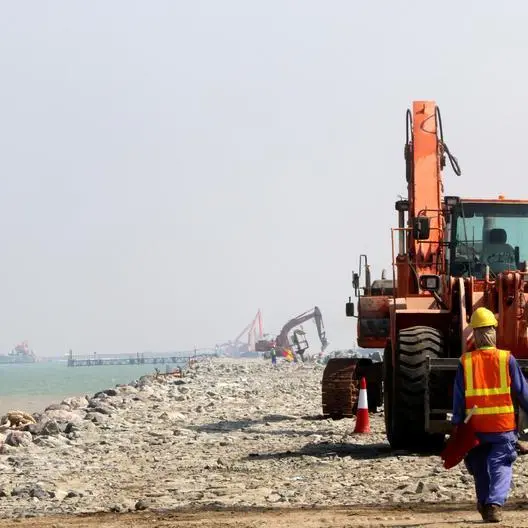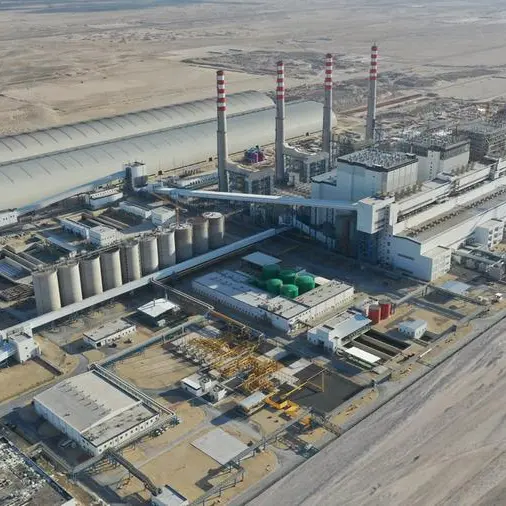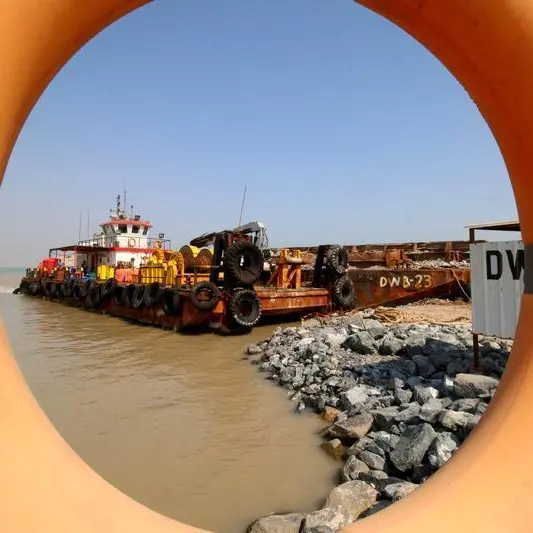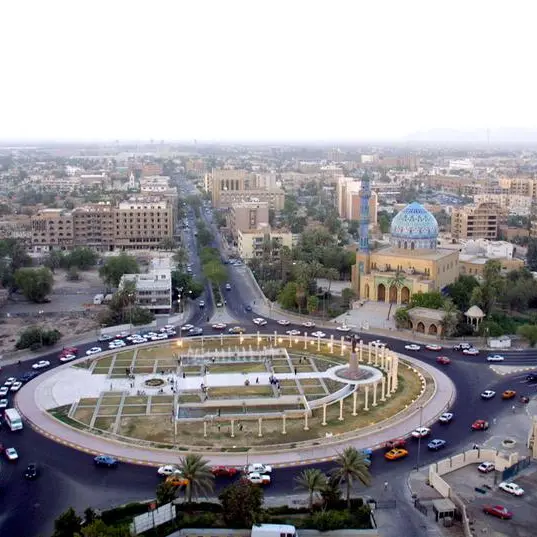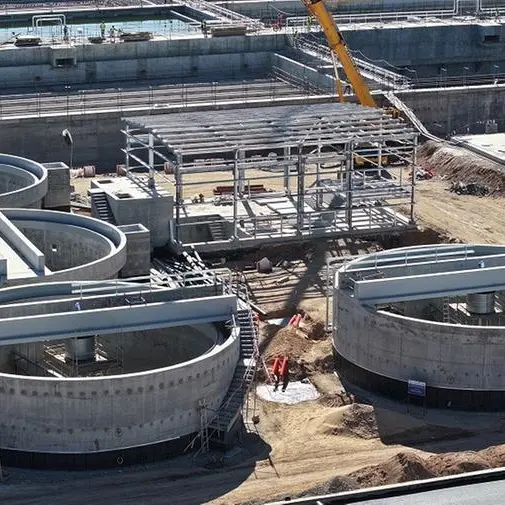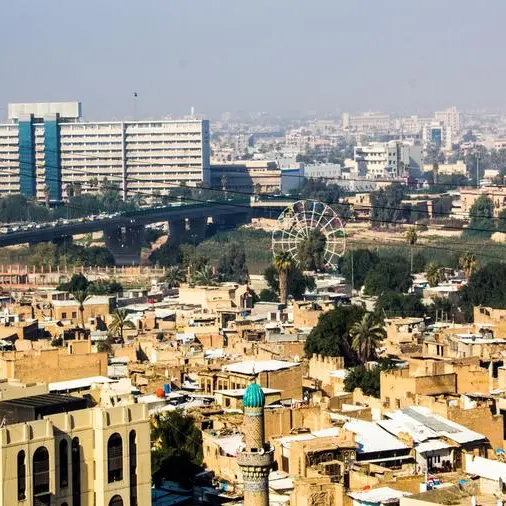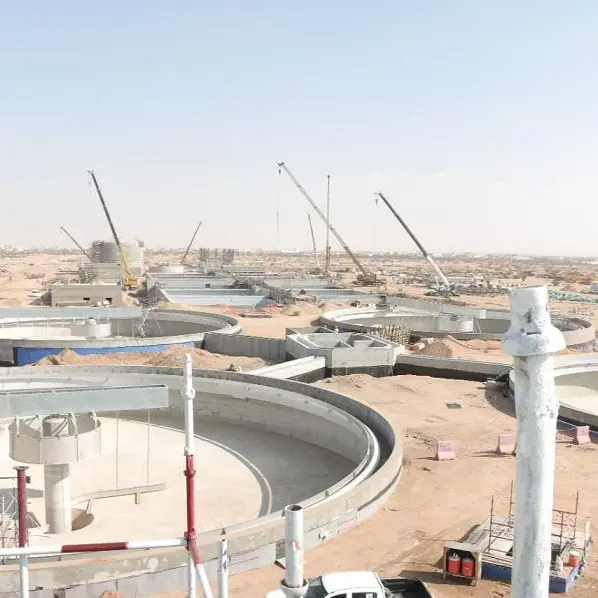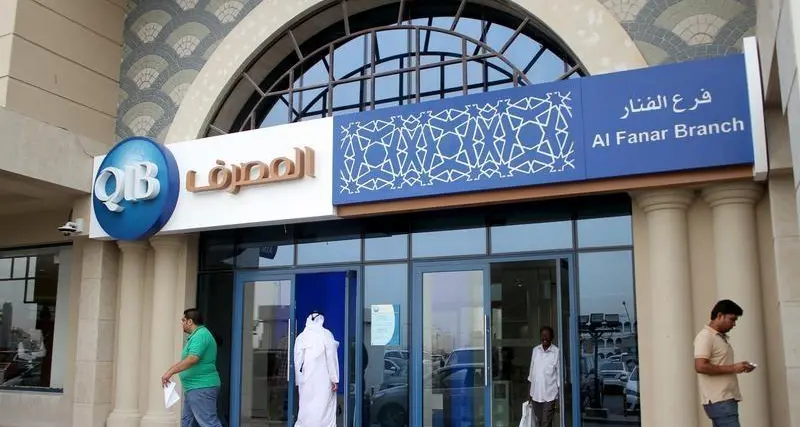An ambitious initiative championed by India to create a single globally connected grid supplying electricity from renewable energy resources, envisions an undersea link with Oman – a move that could potentially enable the large-scale production and export of low-cost green power from the Sultanate to consumers across the transnational grid.
The proposed One Sun One World One Grid (OSOWOG) project, first unveiled in 2018, will be implemented by the International Solar Alliance (ISA), a key forum established in 2015 against the backdrop of the UN Climate Change Conference in Paris.
The Sultanate of Oman is among scores of countries globally that have approved ratified the framework agreement behind the ISA’s mandate.
At the 4th General Assembly of ISA held virtually last week, world leaders highlighted the significance of the global grid initiative in enabling green energy access to developing nations largely dependent on fossil fuels for their energy requirements.
US Special Presidential Envoy for Climate John Kerry, and the European Commission Executive Vice President for the European Green Deal, Frans Timmermans, also addressed the forum.
The strategic global significance of the grid project was summed up by Dr Ajay Mathur, Director General, the ISA: “Solar will catalyse the world’s transition to a lower-carbon economy, being the lowest cost and most economical solution for increasing power generation capacity in countries. It also has the potential to help lift no less than a billion people out of energy poverty, but only if adequate investments are mobilised and the right policy frameworks are erected. ISA targets $1 trillion of investment in solar by 2030, which would be significant in bringing the world closer to energy transitions needed,” he said.
To be implemented in multiple phases, the One Sun One World One Grid (OSOWOG) initiative centres on the construction and interconnection of inter-regional energy grids to “share solar energy across the globe, leveraging the differences of time zones, seasons, resources, and prices between countries and regions”.
In the first phase of its rollout, countries of the Middle East—South Asia—-South East Asia (MESASEA) will be interconnected to support the sharing of green electricity to meet the electricity requirements of this region.
In the second phase, the MESASEA grid will be interconnected with grids across the African continent, with a further round of global interconnections envisaged in the third phase.
Significantly, the global grid initiative envisions the construction of an undersea power cable connecting Gujarat on India’s west coast with the Sultanate.
The roughly 1,000km long HVDC link will create an important export outlet for surplus green electrons generated by solar and wind-based renewable energy projects due to be established in Oman over the coming years.
While part of Oman’s green electricity output is earmarked for the production of predominantly export-driven green hydrogen via the electrolyser process, the proposed Oman-India undersea link will allow for the evacuation of green electricity via the global grid initiative to be supplied to energy-deficient countries connected to the grid.
The latest move comes amid efforts to position the Sultanate as a major regional hub for the production of green hydrogen and green ammonia, backed by billions of dollars in investments from local and international partners.
Offtake agreements will see the bulk of this output transported by ship to Europe and Southeast Asian markets, with a small percentage earmarked for domestic consumption. A new export link will only enhance Oman’s appeal as a renewables hub, it is pointed out.
The One Sun One World One Grid (OSOWOG) proposal along with a Green Grids Initiative backed by the UK are expected to be discussed at the UN Climate Change Conference (COP26), due to open in the Scottish city of Glasgow on October 31, 2021.
2021 © All right reserved for Oman Establishment for Press, Publication and Advertising (OEPPA) Provided by SyndiGate Media Inc. (Syndigate.info).
